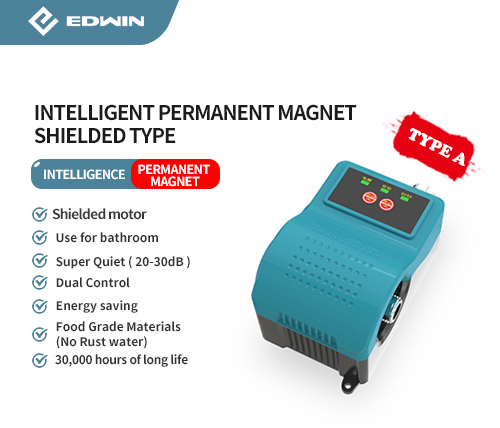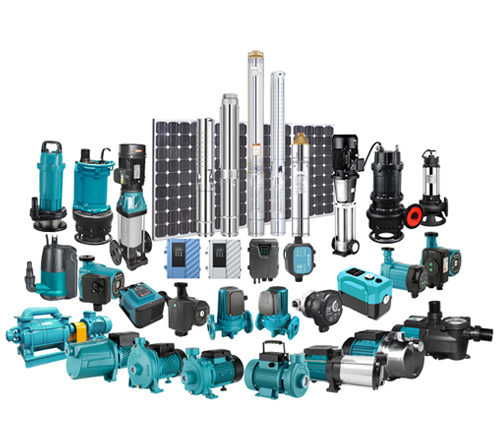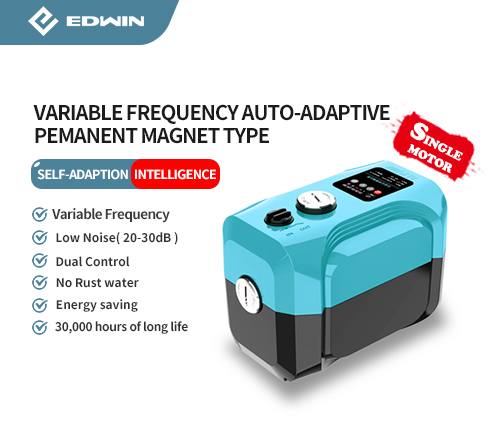
When it comes to choosing the right submersible pump for your well, it's essential to make an informed decision. The correct size of the pump will ensure efficient water supply, minimize energy consumption, and prolong the lifespan of the equipment. In this comprehensive guide, we will explore the factors to consider when determining what size submersible pump you need for your well.
I. Understanding Submersible Pumps
A submersible pump is a device designed to be placed underwater, typically in a well, to transfer water to the surface. These pumps are highly efficient and reliable, as they are submerged in the water source, reducing the need for priming and minimizing the risk of cavitation. Submersible pumps come in various sizes and capacities, each suited for different well depths and water demands.
II. Factors to Consider When Choosing a Submersible Pump Size
1. Well Depth
The depth of your well is one of the critical factors in determining the size of the submersible pump you need. A deeper well will require a pump with a higher head capacity to lift the water to the surface. Measure the depth of your well accurately to ensure you select a pump that can handle the required lift.
2. Water Demand
Consider your daily water usage requirements. This includes domestic use (such as bathing, washing dishes, and watering the garden), as well as any commercial or agricultural needs. The pump's capacity should be sufficient to meet your peak water demand without overworking the pump.
3. Well Yield
The yield of your well refers to the amount of water it can produce in a given time. If your well has a low yield, a smaller pump may be sufficient to avoid over-pumping and potential damage to the well. Conversely, a high-yield well may require a larger pump to keep up with the increased water flow.
4. Pipe Size
The diameter of the pipe connecting the pump to the surface can also affect the pump's performance. A larger pipe size allows for greater water flow, but it may require a pump with a higher capacity to maintain the desired pressure.
5. Voltage and Power Requirements
Check the available electrical supply at your location to ensure that the submersible pump you choose can operate within the specified voltage and power limits. Choosing a pump that is too large for your electrical system can overload and potential damage.
III. Calculating Pump Size
To determine the appropriate size of submersible pump for your well, you can use the following calculations:
1. Total Dynamic Head (TDH)
The total dynamic head is the sum of the vertical lift from the water level in the well to the discharge point, plus any friction losses in the pipe. To calculate the TDH, measure the well depth and add an estimate of the friction losses based on the pipe length, diameter, and flow rate.
2. Pump Capacity
Determine your water demand in L per minute. This can be calculated by adding up your various water usage requirements and converting them to GPM. Select a pump with a capacity that meets or slightly exceeds your water demand.
3. Horsepower Requirements
Based on the TDH and pump capacity, you can calculate the horsepower (HP) required for the pump. Use a pump sizing chart or consult a professional to determine the appropriate HP for your specific needs.
IV. Different Types of Submersible Pumps
There are several types of submersible pumps available, each with its own characteristics and applications. Some of the common types include:
1. Centrifugal Pumps
Centrifugal submersible pumps are the widely used type. They are suitable for a wide range of well depths and water demands. These pumps work by using centrifugal force to move water from the well to the surface.
2. Turbine Pumps
Turbine submersible pumps are designed for deep wells with high head requirements. They are more efficient than centrifugal pumps at higher pressures and are often used in industrial and commercial applications.
3. Progressive Cavity Pumps
Progressive cavity submersible pumps are ideal for pumping viscous fluids and slurries. They are commonly used in oil and gas, mining, and wastewater treatment industries.
V. Brand and Quality Considerations
When choosing a submersible pump, it's important to consider the brand and quality of the product. Look for a reputable manufacturer with a proven track record of producing reliable and efficient pumps. Read customer reviews and testimonials to get an idea of the performance and durability of different brands. Additionally, consider factors such as warranty, after-sales service, and availability of spare parts.
VI. Installation and Maintenance of Submersible Pumps
Proper installation and regular maintenance are crucial for the performance and longevity of your submersible pump. Here are some tips:
1. Installation
Follow the manufacturer's instructions carefully when installing the pump. Ensure that the pump is properly aligned and secured in the well. Use high-quality pipes and fittings to minimize leaks and friction losses.
2. Maintenance
Perform regular inspections of the pump to check for signs of wear and damage. Clean the pump and remove any debris or sediment that may accumulate. Lubricate moving parts as required. Replace worn or damaged parts promptly to avoid further damage to the pump.
3. Winterization
If you live in an area with cold winters, take steps to protect your submersible pump from freezing. Drain the pump and pipes, or install a freeze protection device.
VII. Conclusion
Choosing the right size submersible pump for your well is a critical decision that can have a significant impact on your water supply and energy costs. By considering factors such as well depth, water demand, well yield, pipe size, voltage, and power requirements, you can select a pump that meets your specific needs. Additionally, choosing a reputable brand and performing proper installation and maintenance will ensure the long-term performance and reliability of your submersible pump. With the right pump in place, you can enjoy a reliable and efficient water supply for years to come.

 English
English








